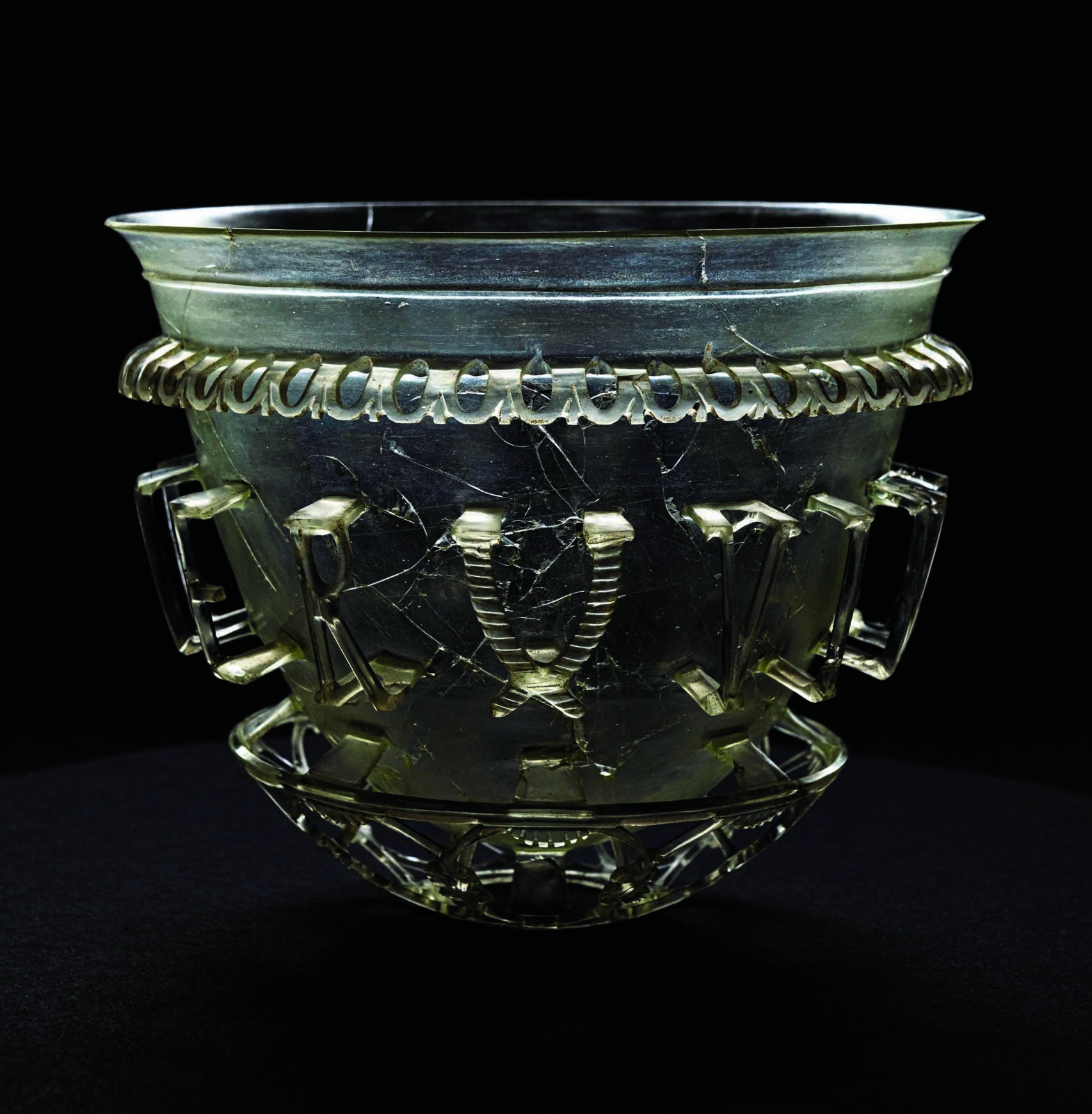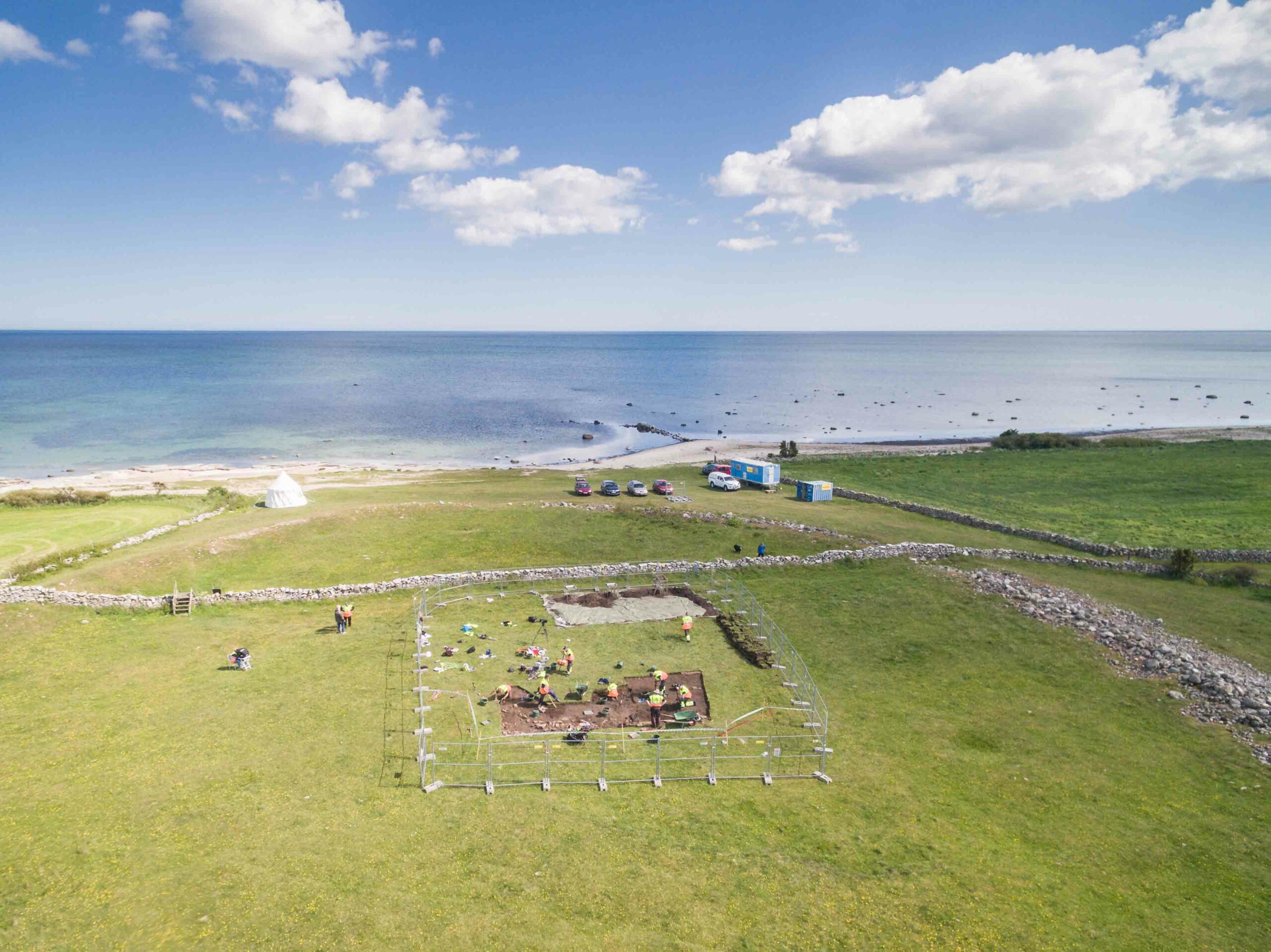
PARIS, FRANCE—A series of more than 250 radiocarbon dates of rock art samples, animal bones, and charcoal from Chauvet Cave suggests that people used it seasonally for cultural purposes during two distinct periods separated by several thousand years. According to the Los Angeles Times, the first period lasted from 37,000 to 33,500 years ago. The second period of occupation began between 31,000 and 28,000 years ago, and lasted for 2,000 to 3,000 years. Occupation of the cave may have ended due to rockfalls that blocked its entrance. Anita Quiles of the French Institute of Oriental Archaeology and Jean-Michel Geneste of the Ministry of Culture and Communication in Paris say that most of the drawings were created during the first period of occupation, while the torch marks were left by the second group of people. Bears left scratch marks on the walls between 48,500 and 33,300 years ago, but probably only used the cave during the winter months to hibernate. “Only the black paintings have been dated,” Quiles and Geneste wrote in the Proceedings of the National Academy of Sciences. “The dating technique for the red paintings has yet to be developed.” For more on cave art, go to "The First Artists."










